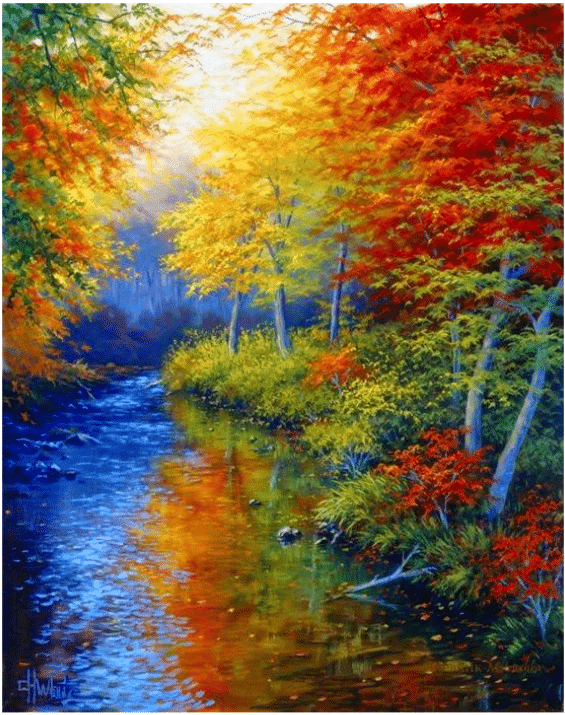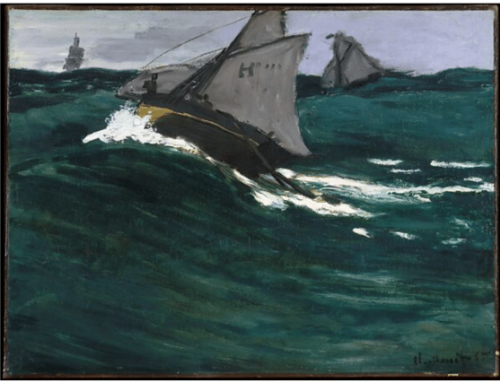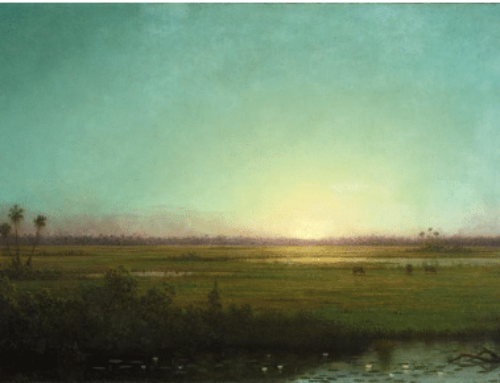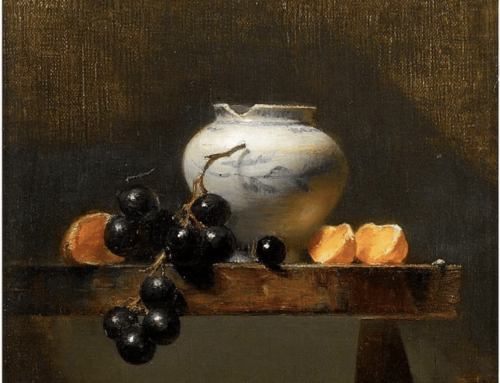Why paint?
Why not?! Who says you need a mission or a brand or a purpose or a plan? Making art is just one of those things that happy humans do. Painting “just because” is everything – All You Need is Love!
Painting is fun and fulfilling in itself. If the mission is to live a fuller and more joyful life, art’s got your back – because art in itself is the trace of life well lived, and who doesn’t want to a life more full of creativity and joy?
And – bonus! – creativity begets joy; when you’re really in the zone, the flow of creativity is not only a joyful experience – it’s an expression of the inherent joy and freedom at the core of living an open life. Being creative inspires the desire for more of itself, generating more future creativity and so on.
At some point as you get deeper into it, you might begin to wrestle with painting’s various technical and philosophical “problems” (let’s call them challenges). At the time it doesn’t seem like it, but these are there to keep things from getting boring. Part of the joy of creativity is beating the odds – the nature of accomplishment (and maybe the nature of fun itself?) has to do with meeting and overcoming challenges. That’s the thing about comfort zones: they don’t lead to anything new or even very exciting. And eventually, if you stay curled up in any comforter long enough, it’s going to get uncomfortable!
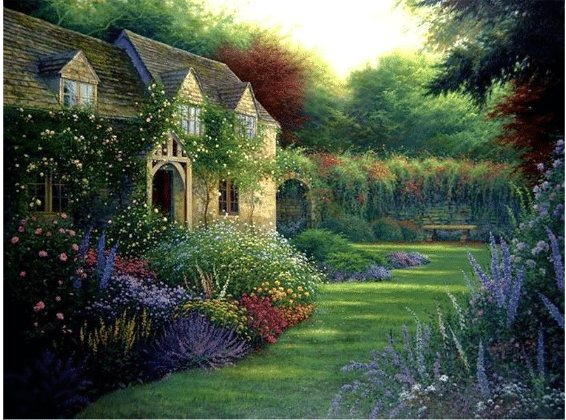
Charles H. White, oil
It’s easy to get bogged down. It’s a normal part of the process to find yourself stagnating, losing confidence, comparing yourself to others, chasing after this painter’s style or that painter’s subject matter, getting thrown off track. This is where the question, Why paint? can help in a good way. It’s important to take a step back now and then so you can see the bigger picture. Should you need it, reconnecting with your core artistic self can make art challenging and fun again.
An artist friend of mine recently sent me some wonderful reflections on the artist’s path:
“The journey is full of lessons if you are up for the challenge, the reward comes in moments of freedom and success of expression along the way.
The journey is about the freedom of experimentation without fear of judgement and failure, which requires inspiration, learned skills and the ability to suspend reality in order to create something new.
Each artist’s journey is uniquely challenging and rewarding, depending on one’s unique strengths and challenges, including one’s working memory, attention, ability to sustain effort for long periods of time, and level of interest in being present and self-aware in the creative process.”
For my money, it doesn’t get much better than that!
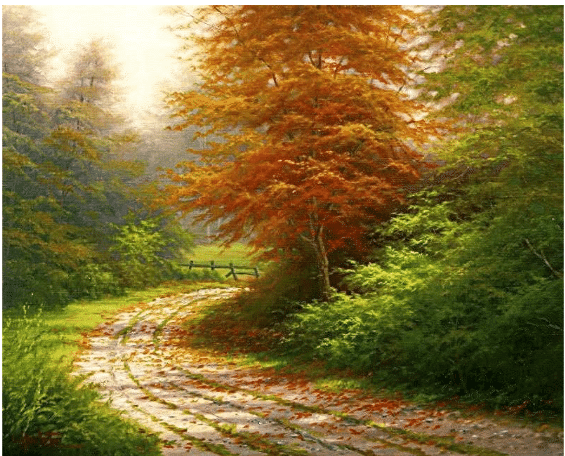
Charles H. White, oil, 10 x 8 in.
Featured in this edition of Inside Art, Charles H. White has been a painter for over 60 years. He has produced over 1200 paintings, selling most through top -rated galleries. He has been a published artist internationally for 22 years and his work can be seen on many products distributed around the world. He has taught art classes and workshops for many years and published two DVD’s and a book on his work.
He’s got a video you might be interested in if you’re looking to discover how to trust your own creative instincts and find an artistic voice that’s unmistakably yours. How do you paint Monet’s garden like yourself (and not Monet)? Charles takes you on that path in Painting Monet’s Garden.
Charles is among the 80+ masters and instructors taking place in The Great Smoky Mountains this week May 20th-24th, 2024. Learn more about PACE here.
The Music of Sargent’s “Carnation, Lily, Lily, Rose”
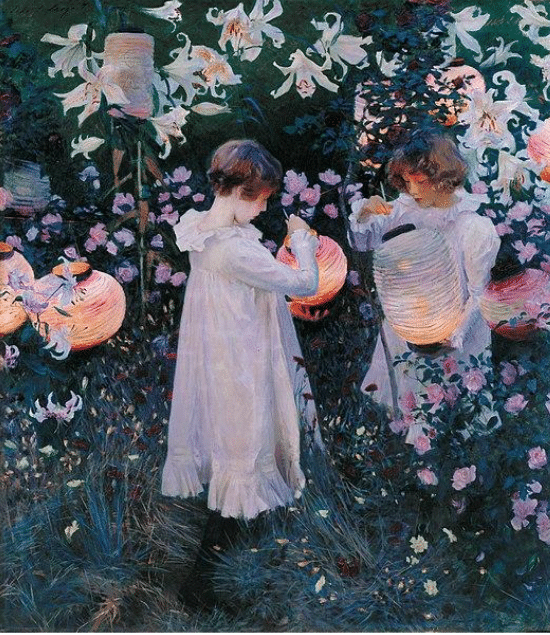
John Singer Sargent, Carnation, Lily, Lily, Rose, oil on canvas, 5′ 9″ x 5′ 1″ (1885-86)
Reeling from a front-page scandal threatening to derail his career, the American painter John Singer Sargent spent the summer of 1885 with friends at a country estate in England. There they wiled away the afternoons and evenings at lawn games or singing popular songs around the piano, including a favorite that year with a lyric that went “Carnation, Lily, Lily, Rose.”
Sargent borrowed the words to title a masterpiece of a painting he completed at the estate. Carnation, Lily, Lily, Rose depicts two girls lighting Chinese lanterns amid the cool colors of the garden, their faces tinted with firelight. We feel as though we’re being admitted to a secret world of innocence and enchantment. Sargent’s choice of title perhaps reflects the wistfulness of a passing moment, otherwise trivial, rendered perfect and for all time.
Closing the circle in a way, London’s Tate museum in 2013 commissioned a young musician to compose a contemporary classical piece based on the painting (which is part of the Tate’s collection).

